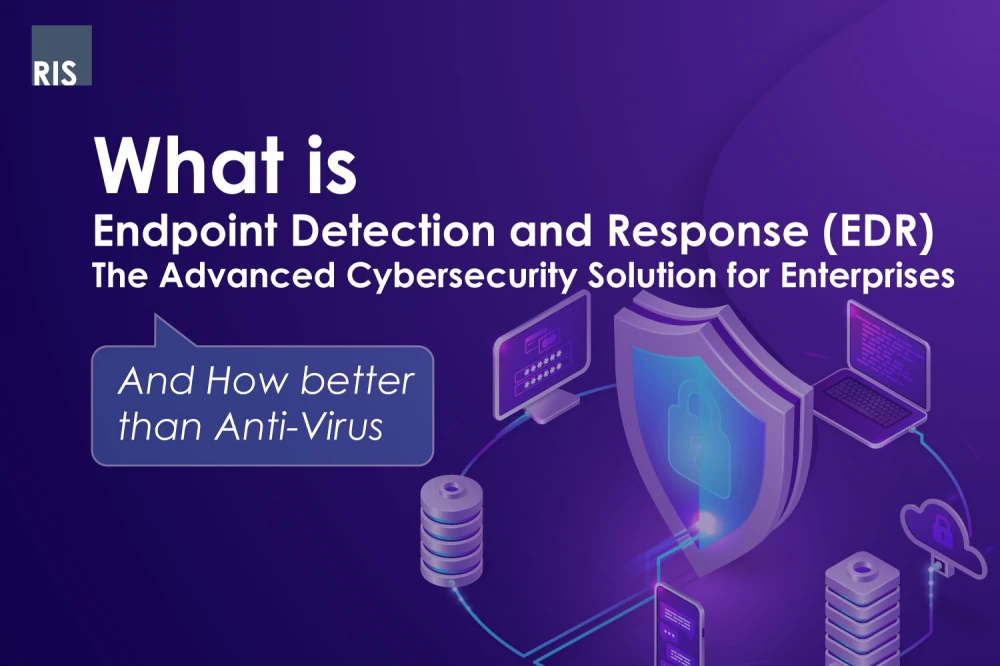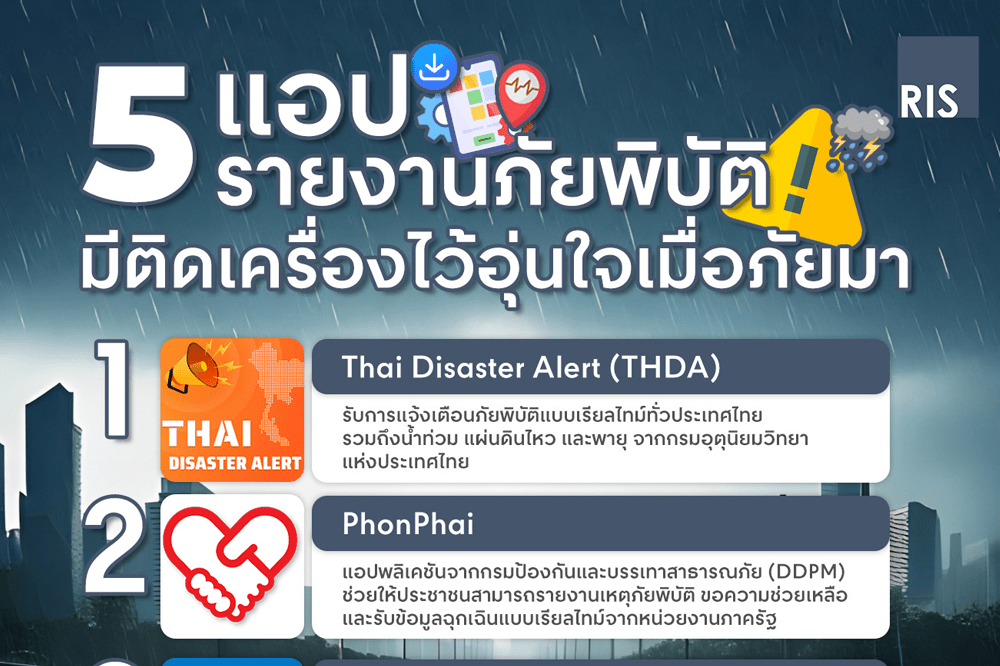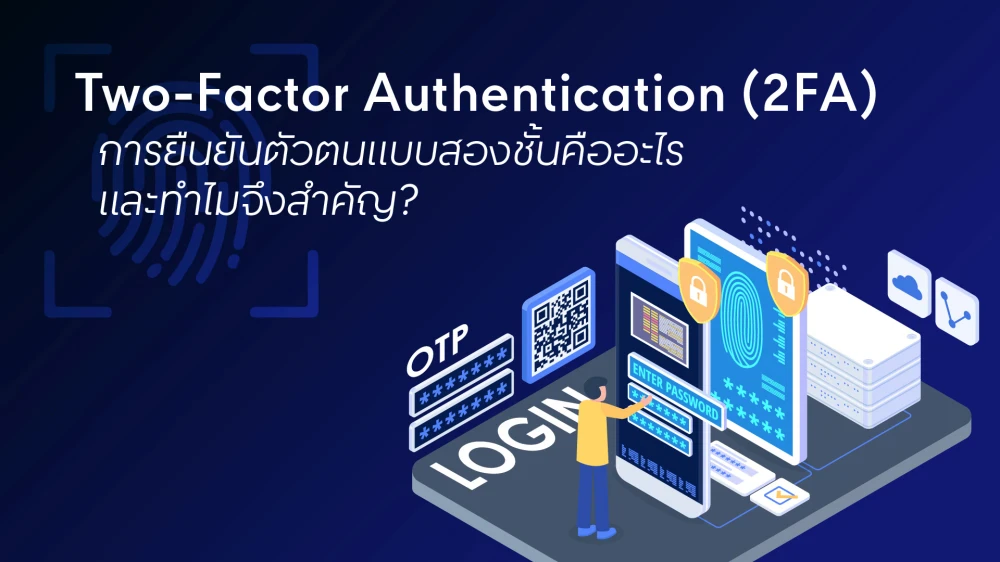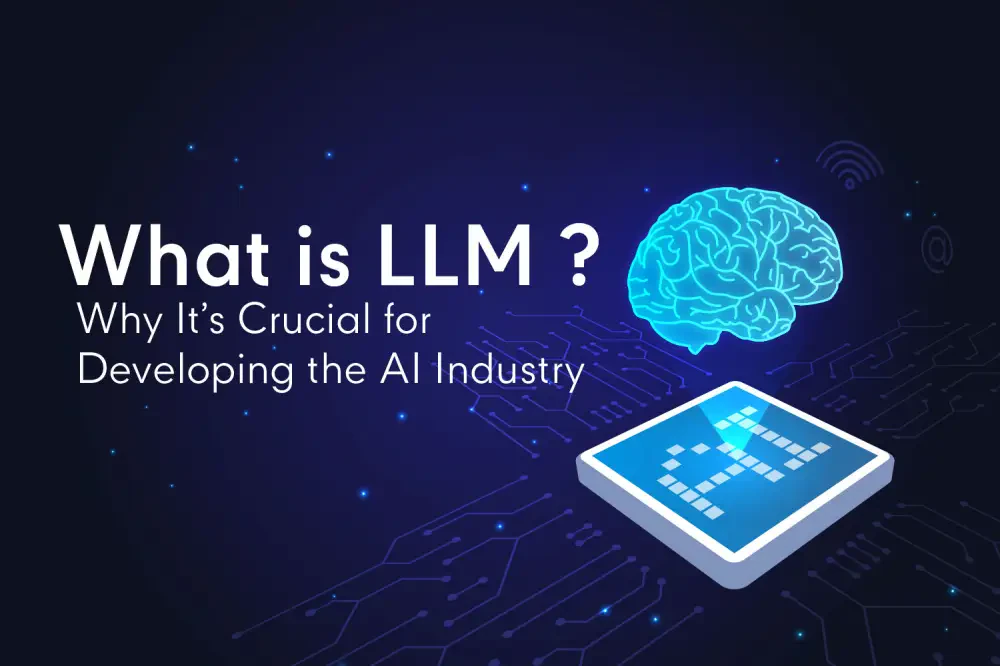What is Endpoint Detection and Response (EDR) ? The Advanced Cybersecurity Solution for Enterprises, and How better than Anti-Virus.

On July 19, 2024, a global incident caused computers in numerous companies and organizations worldwide to crash, displaying the infamous Blue Screen of Death. This event, triggered by an error in a program called CrowdStrike - an Endpoint Detection and Response (EDR) solution - disrupted many businesses' ability to serve their customers. Today, we'll explore why large organizations prefer EDR over traditional antivirus software.
How Traditional Antivirus Works
Traditional antivirus programs operate on a relatively simple principle:
- They regularly update their virus database.
- When a file on your computer matches a known virus signature in the database, the antivirus alerts you.
- The antivirus then blocks, quarantines, or deletes the suspicious file to prevent it from running.
However, this approach has limitations. Skilled malware creators can potentially craft viruses or malware that evade detection by traditional antivirus software. And the Endpoint Detection and Response (EDR) was developed to address these limitations.
Endpoint Detection and Response (EDR) works by:
- Analyzing behavior to identify unknown and complex threats.
- Stopping potentially harmful actions at the device level.
- Controlling devices or operating systems to halt damaging activities.
Unlike traditional antivirus, EDR doesn't just check against a database or source code. It analyzes various behaviors occurring on the device and responds in real-time, significantly enhancing device security.
Why Organizations Choose EDR
- Proactive Threat Detection: While traditional antivirus protects against known threats (and can fail if not updated), EDR uses behavioral analysis to detect and respond to potential threats, even if they're previously unknown.
- Real-Time Response: EDR can immediately react to threats as they're detected.
- Comprehensive Protection: EDR can protect against sophisticated attacks that don't use traditional viruses, such as certain system breaches.
Despite its advanced capabilities, EDR solutions still require regular updates to maintain their effectiveness. However, as the recent incident showed, these updates can sometimes interfere with the operating system, causing system-wide issues. While advanced cybersecurity programs like EDR offer robust protection, it's crucial to remember that human users remain a significant factor in system security. Misconfiguration or careless use can still lead to security breaches. Therefore, we should never assume 100% safety just because we have protective software installed.
For businesses and organizations seeking enterprise-level security solutions, EDR offers a more comprehensive and adaptive approach compared to traditional antivirus software. However, it's essential to implement these solutions carefully and maintain good cybersecurity practices at all levels of the organization.
If your company is looking for enterprise-level security solutions, from procurement and installation to helpdesk cybersecurity support, don't hesitate to contact us at the phone number or email provided below.




